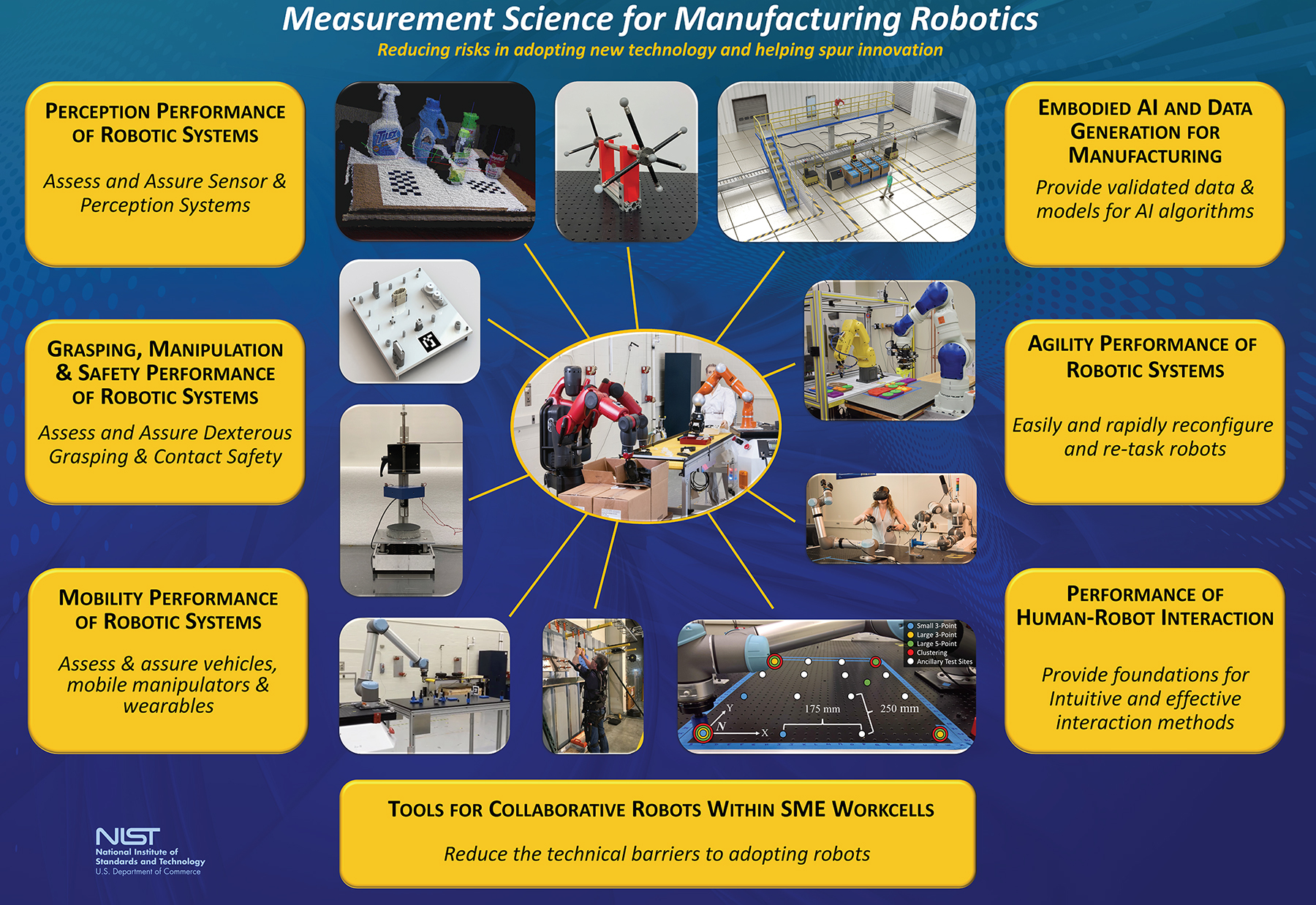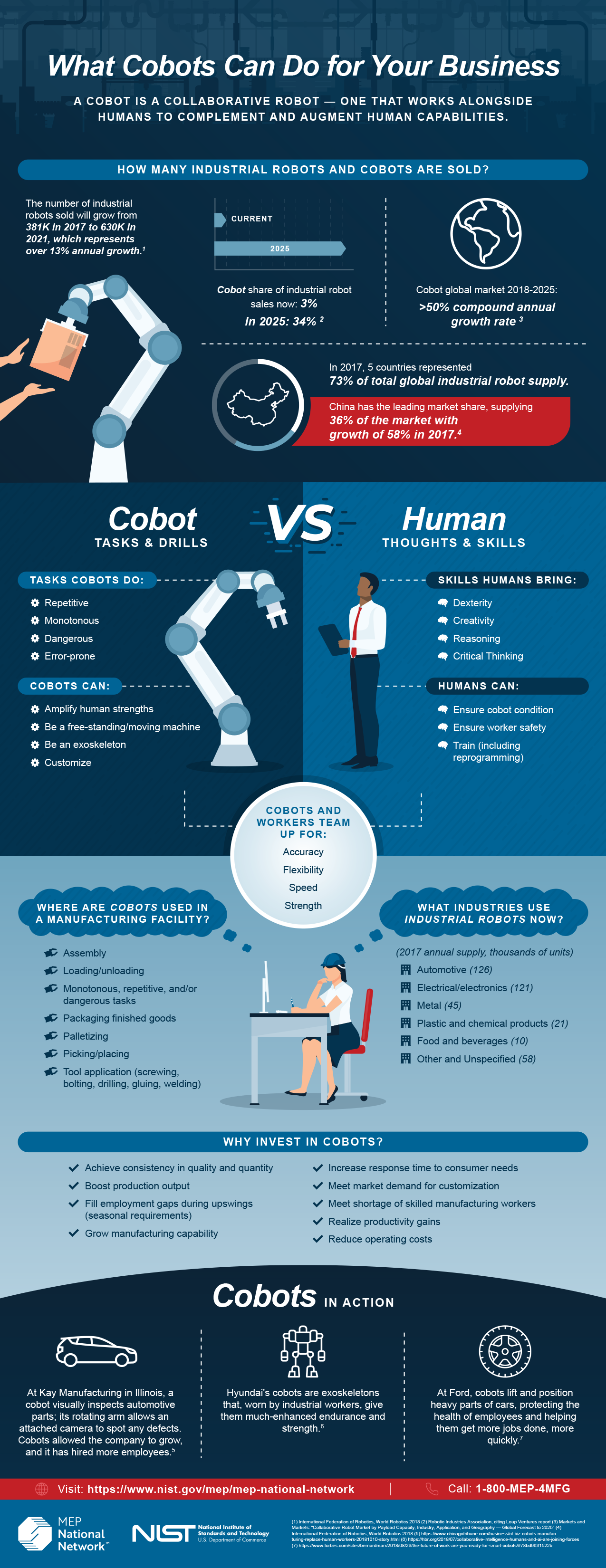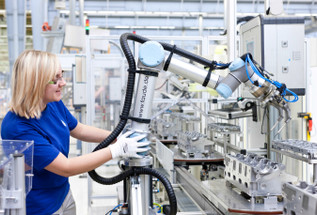Aug 4th 2020
High-Mix/Low-Volume Manufacturers Reap Most Benefits from Collaborative Robots
Justifying new capital expenditures in an uncertain economy can be difficult to say the least. When there is comfort in maintaining the status quo, we often turn a blind eye to new technology, convincing ourselves that we don’t really need it. The challenge is to continue searching for ways to improve processes that will provide a competitive edge while everyone else is hunkering down with the familiar.
Enter collaborative robots. Designed for human and machine collaboration, cobots are the robotic assistant you never knew you needed - or that you could afford with a fast ROI or financing.
The National Institute of Standards and Technology recommends high-mix/low-volume which find themselves in the following situations, excel with collaborative robots:
- Manufacturers from 50 to 500 employees with a family product mix
- Owners who are looking for a fast payback period on capital investments (e.g., 6 months)
- Managers who can’t fill shifts, but can redeploy employees to more value-added positions
- Operators with repetitive or dangerous jobs

NIST also recommends High-Mix/Low-Volume manufacturers with the following applications are ideal candidates for collaborative robot deployment.
- Machine tending – This is the most common use of cobots, replacing the repetitive tasks of picking and placing parts or tools.
- Adaptive Assembly – The flexibility of a cobot allows it to drive a screw, tighten a bolt, snap on a part, apply adhesives, and more.
- Inspecting parts and products – Robots do not experience the mental fatigue that limits human inspections, and robots can do this task much more quickly when equipped with multiple high-resolution cameras and/or sensors.
- Welding – The flexibility of cobots is apparent with their increasingly common use for spot welding and arc welding. There is a severe shortage of certified welders; expect this use to continue to increase.
- Packaging and shipping – Tasks vary from applying shrink-wrap to boxing parts and loading pallets. Cobots are good candidates for performing heavy lifting tasks.

For manufacturers who meet these criteria, evaluating new automation technology can still seem overwhelming.
Some common process problems to address include:
- Process Documentation and Design
- Gathering Stakeholder Feedback
- Outlining Investment Goals
- Tackling Bottlenecks
Process Documentation & Design
Evaluate your current process and needs. Take into consideration your product mix, employees, and existing infrastructure. Create or update written documentation that describes all steps involved and how they are currently performed as well as where you would like to see improvements.
Gathering Stakeholder Feedback
Supply all team members with a copy of the first draft of your Process Documentation & Design. Ask for feedback and notes. Another approach is to have each stakeholder create their own document of the process and then merge them for a complete outlook that covers everything from financial goals to process improvements.
Outlining Investment Goals
List the short and long-term benefits for deploying collaborative robots. Will a cobot fill a skills gap? Provide quality control improvements? Increase production?
Tackling Bottlenecks
Consider how implementing automation in one area will impact another. Will increasing production time create a bottleneck down the line with available storage? In what ways can the flexibility of a cobot improve more than one process? Address areas where opportunities for human error and dangerous working conditions can be improved.
Independent organizations like the Pennsylvania Manufacturing Extension Partnership are available to assist in evaluating and planning for manufacturing automation. The PA MEP “serves small and medium sized manufacturers in the state by enhancing their productivity and technological performance to create a positive and enduring economic impact in their communities and in Pennsylvania.” The Delaware Valley Industrial Resource Center (DVIRC) is an affiliate of this organization in the Philadelphia area.
Request a Proof of Concept or book a demo today to see a Universal Robots collaborative robot address your specific application.

